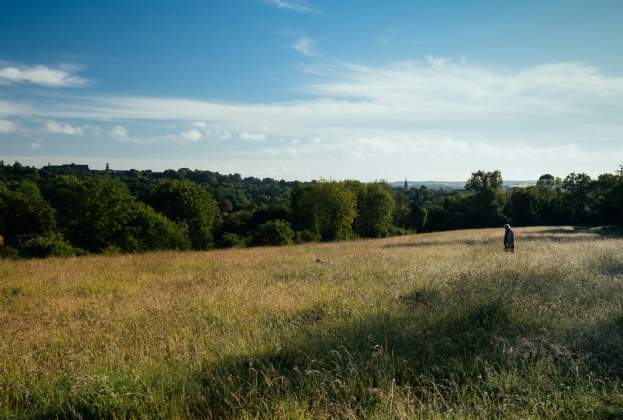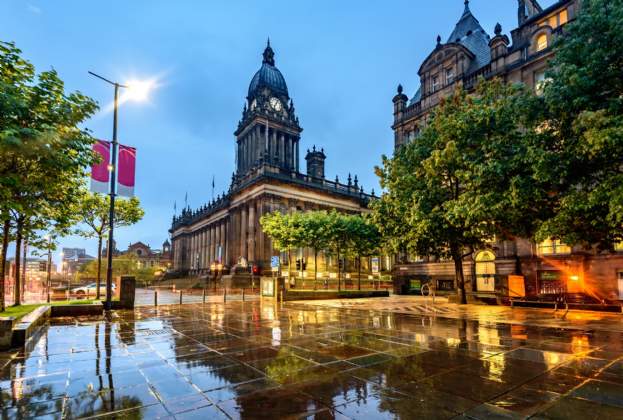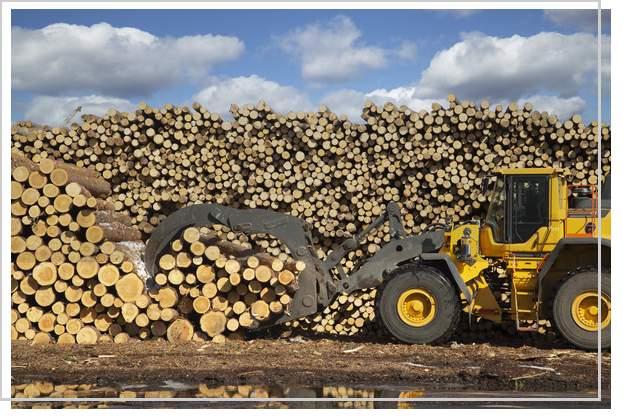Prime residential property prices outside London rose by 0.7 per cent in the three months to mid-March as buyer confidence improved on the back of a clear general election result. But that was before coronavirus took hold of news headlines in earnest.
Since then we have seen buyers become understandably more cautious, while the social distancing and self-isolation rules have inhibited the practicalities of buying and selling. This indicates that we are moving into a period of low transactions during the traditionally busy spring market, placing much greater emphasis on an autumn market, when we expect to have a clearer picture on the longer term impact on buyer sentiment.
The strongest growth in the three months to mid-March was seen in suburban markets such as Cobham, Esher, Loughton and Rickmansworth, as improved sentiment in London fed out into its surrounds. In these areas prices rose by 1.9 per cent in the quarter to bring annual price growth to 2.9 per cent. That is the highest annual growth in over five years, leaving prices on average 3.6 per cent below where they were in the autumn of 2014.
Elsewhere, it was the prime urban markets which saw the strongest growth, with properties in the prime areas of Edinburgh and Glasgow continuing to lead the way. Across these two markets, prices rose by 1.6 per cent in the quarter to bring year-on-year price rises to 4.3 per cent. In England, the prime markets of Bristol, Bath and Cambridge all showed annual price growth of between 2.4 per cent and 3.4 per cent.
Meanwhile the £2+ million country house market saw prices hold firm for the second quarter in succession, having fallen slightly in the wake of the EU referendum and ensuing Brexit uncertainty.
In this rarefied part of the market prices remain on average some 21.5 per cent below where they were at the peak of the market in 2007. That sits in stark contrast to London, where prices of £2+ million homes sit 12 per cent above that previous high point, a figure that underscores the relative value on offer in the country.
However, it is now inevitable that activity in the market will slow for a period, with those deals that are well progressed involving delayed completions. The extent of the disruption to market activity largely depends on the success of measures to curb the spread of the coronavirus. In turn, this will determine the impact on the economy and personal wealth, which will be key to prospects for further price growth as market activity rebuilds.
Notably, most economists are forecasting a v-shaped downturn in the economy, which currently indicates that activity will return more quickly than it has done historically, as buyers’ concerns over job security and earnings ease.
Further information
Read more: What Covid-19 means for the prime residential market
.jpg)
.png)
.jpg)
.jpg)




(1).jpg)
.jpg)
